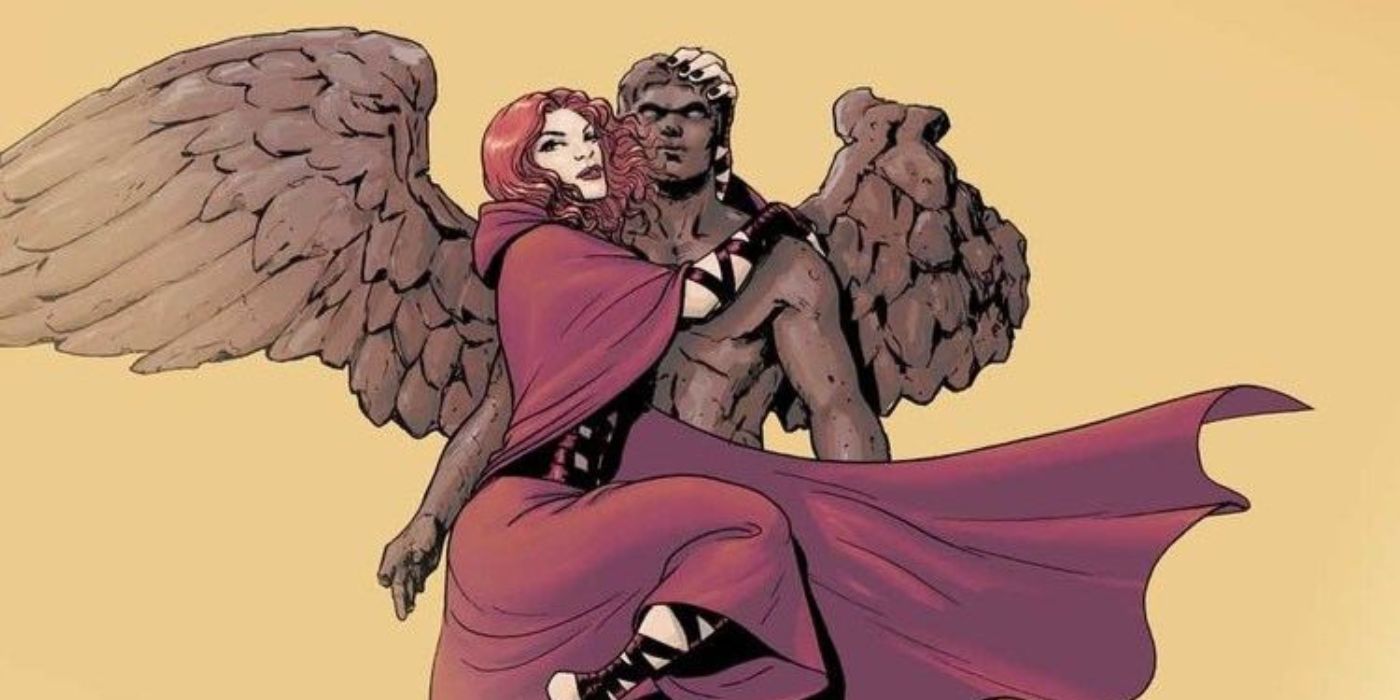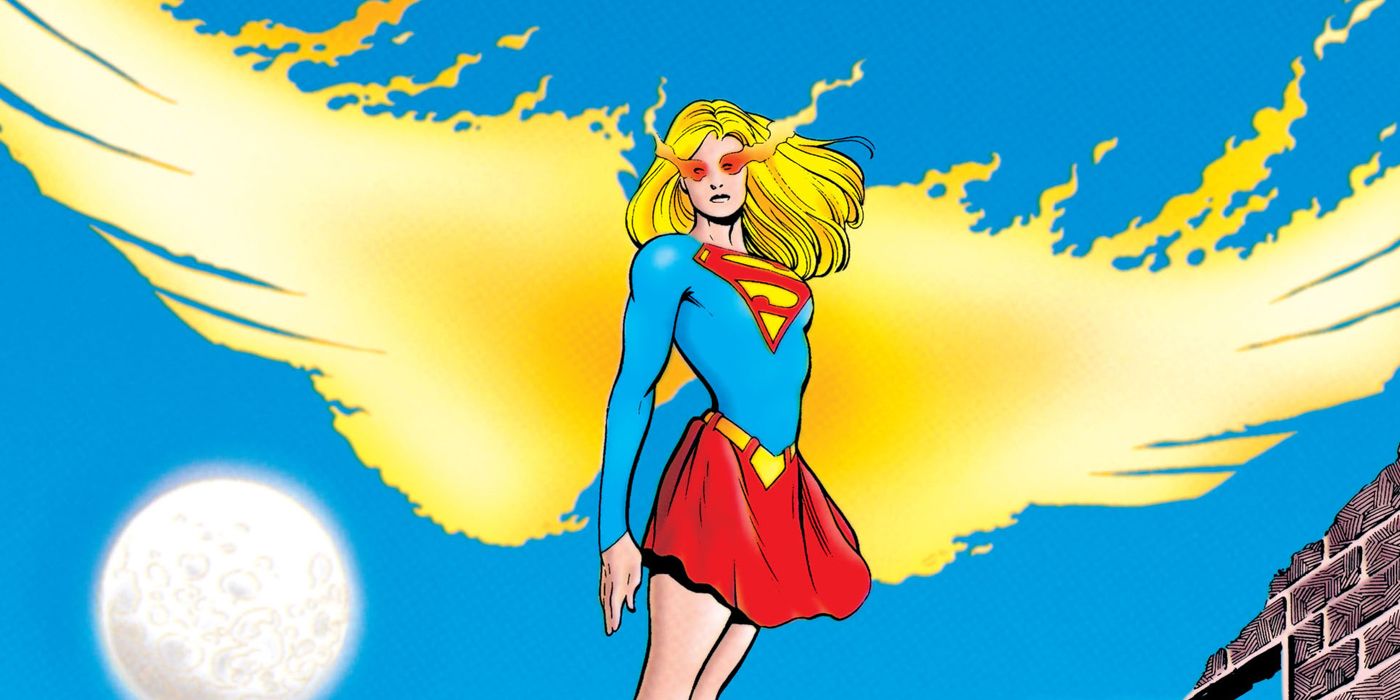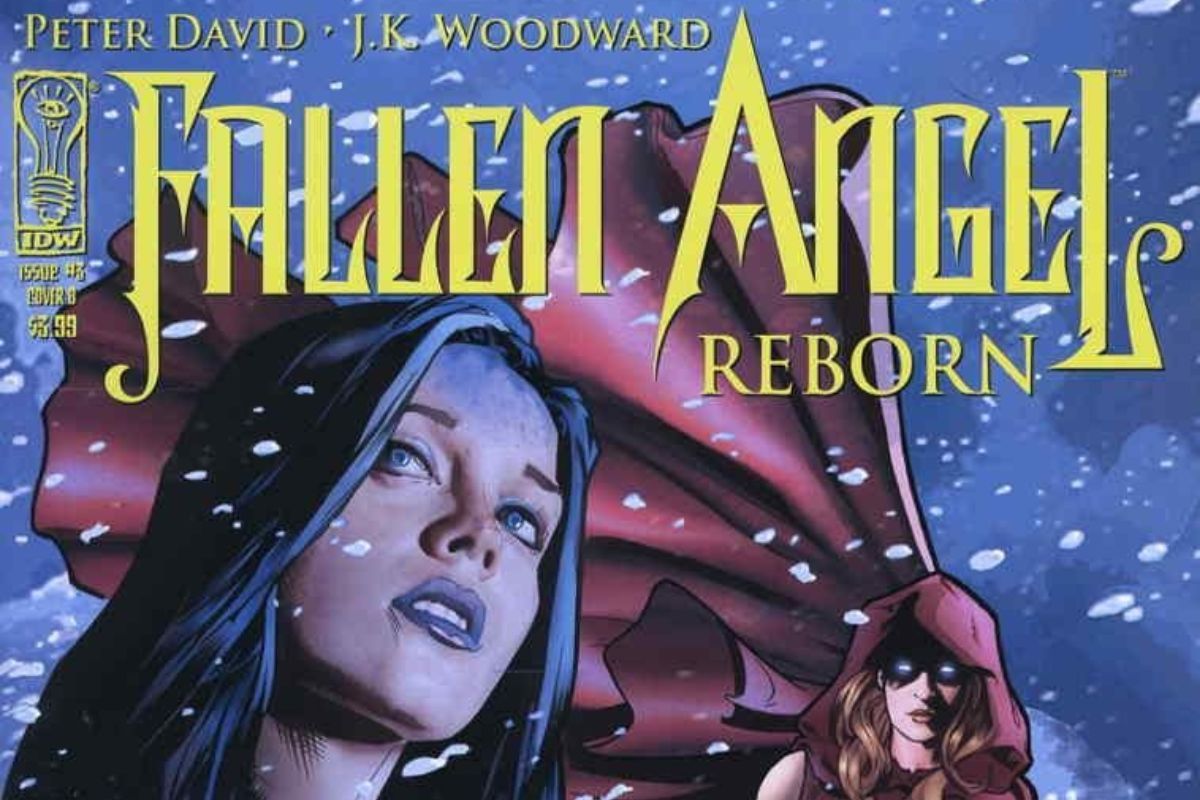For most people, Supergirl is Kara Zor-El, the cousin of Kal-El, a.k.a. Superman. For half of the Post-Crisis DC Comics continuity, however, that wasn't the case. DC editorial kept Superman the only Kryptonian in the initial rebooted universe, waiting years to reintroduce characters like General Zod and Kara. This saw a much different version of Supergirl come into play, although she was eventually relegated to limbo.
This Supergirl's penultimate stories were written by legendary creator Peter David, but his last foray into the character wouldn't be at DC Comics. A creator owned series from the writer made the jump from DC to IDW, and its story would give one final look at an angelic take on Supergirl. Here's how the heroine that was once Superman's cousin became a fallen angel.
Who was Matrix Supergirl and What Was Fallen Angel?
Following Crisis on Infinite Earths, DC decided that in John Byrne's reboot of the character, Superman would once again be the Last Son of Krypton. This kept other Kryptonians, including Kal-El's cousin Kara, from being reintroduced in the new continuity. When Supergirl was finally brought in with Byrne's final arc, it was an entirely new take on the character.
This Supergirl wasn't Kara, but a shapeshifting protoplasmic being made in another universe. Created by a heroic Lex Luthor, Supergirl's personality was based off of that world's deceased Lana Lang. Nicknamed Matrix, or Mae, Supergirl would join Superman in the main universe, with the powers of this Supergirl imitating much weaker versions of his. In the Peter David run of the Supergirl comic book, Matrix's protoplasmic being combined with a dying mortal girl named Linda Lee Danvers (in honor of the Pre-Crisis Supergirl's secret identity). This was revealed to have redeemed Linda's spirit as an "Earth Angel," combining Matrix's powers with angelic abilities that included flaming wings. Eventually, this version of the character would be cast aside by DC, and a new version of the classic Kara Zor-El was introduced. Fans had summarily forgotten all about Matrix/Linda Lee, namely for not being the "real" Supergirl, but Peter David still had more work to do with her.
In 2003, DC Comics launched a new book from Peter David titled Fallen Angel. Meant to be more Vertigo-like in content while still being in the "normal" DC Universe, the Biblical battles among angels and demons in the book were in the same wheelhouse as what Peter David had done in Supergirl. This begged the question of how much of a continuation the series was, but it wasn't until the book left DC that David truly gave the answer.
Was "Lin" In Fallen Angel the Linda Danvers Supergirl?
After the 20th issue, Fallen Angel would move from DC Comics to independent company IDW Publishing, showing that DC had given up on the "bridge between DC and Vertigo" idea given that the book was now creator-owned by Peter David. The title's resident superheroine, Lee, had long been suspected of being the Earth Angel Supergirl in everything but name. After all, David admitted that much of the book's ideas came from themes he meant to use during his run on Supergirl. Returning concepts included a young boy named Wally who may or may not have been God. Eventually, however, Lee's origin was shown, making it obvious that she was not Matrix or Linda Lee Danvers.
Lee would have a predecessor named Lin, though, and she was an Earth Angel who had recently escaped from limbo. Given that DC had trapped David's version of Supergirl in a publication limbo in favor of the "true" Supergirl, the writer's intentions were fairly obvious. Of course, once the book made the switch to IDW, he couldn't claim that Lin was in fact Linda Danvers, a character owned by DC. Even then, he made it clear what he was saying, making Fallen Angel's later stories some of the last to feature Matrix/Linda Lee Danvers.
This just goes to show what can be done with forgotten characters and concepts, especially when their most prominent writers still have stories to tell with them. Fallen Angel hasn't been continued for years now, but it was a chance to continue using something that one of the Big Two had essentially abandoned. A more recent example of this is Geoff Johns' Geiger, which has elements similar to DC's Atomic Knights. Outside of a sort of homage in the recent Supergirl series, both Lin and her DC incarnation are both currently in limbo. Nevertheless, whether Peter David writes it or not, perhaps the Earth Angel Supergirl will fly again some day in the familiar red and blue costume.



